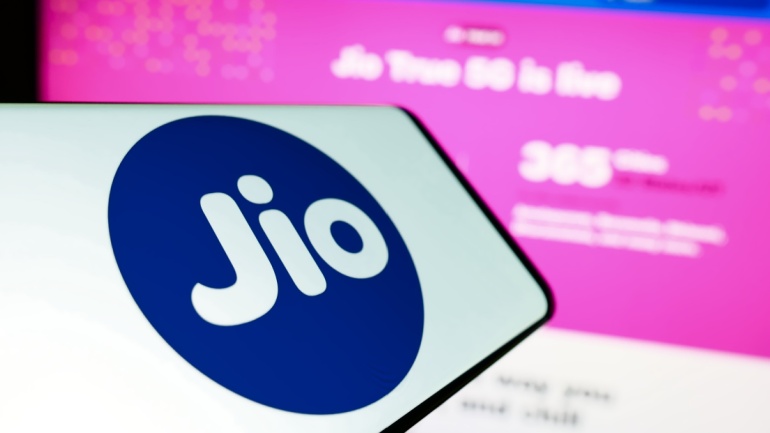StarHub partners with Nokia to monetize 4G/5G networks, enabling enterprises to optimize applications via network APIs. Using Nokia’s “Network as Code” platform, developers gain streamlined access to network functions, fueling innovations across banking, finance, and logistics.
U Mobile is ambitiously spearheading Malaysia’s second 5G network rollout, notably without state funding or local partnerships. Led by Tan Sri Vincent Tan, the company aims to deploy 5G within 15 to 18 months.
Freshwave’s collaboration with the National Robotarium leverages 5G networks to empower agritech robots, including the innovative ‘Spot’. By streaming live video and conducting real-time analyses, these robots enhance productivity in agriculture.
France and Germany’s partnership on the 5G Autobahn to Autoroute project is creating a groundbreaking 5G corridor between Metz and Saarbrücken. This cross-border endeavor, involving renowned telecom players like Orange and Telefónica, promises to revolutionize digital infrastructure.
U Mobile has partnered with CIMB Bank to secure funding for its role as Malaysia’s second 5G network provider. The collaboration supports a rapid 5G rollout, enhancing digitalization efforts and infrastructure.
Nokia and Zain KSA have teamed up to revolutionize indoor mobile connectivity in Saudi Arabia by introducing the first 4G/5G Femtocell solution in the region. This partnership aims to improve indoor network coverage for enterprises, ensuring seamless and efficient communication.
The Adani Group’s ambitious industrial 5G plans have hit a standstill. Despite acquiring mmWave spectrum for $27 million in 2022, no private networks have been deployed, drawing penalties from India’s DoT.
Honeywell and Verizon have partnered to deliver a 5G-powered retail and logistics solution, ensuring seamless business operations during disruptions. Combining Honeywell’s tech with Verizon’s 5G, the system simplifies procurement, device management, and scalability.
Virgin Media O2 will deactivate its 3G network in Durham by April 2025 as part of a UK-wide shutdown plan. Customers with outdated devices are urged to upgrade to maintain mobile services.
Reliance Jio Infocomm is accelerating its 5G services monetization through Jio AirFiber, targeting one million new users in a month. The company’s strategic drive for customer expansion aligns with its goal of potentially launching an IPO by 2025.













